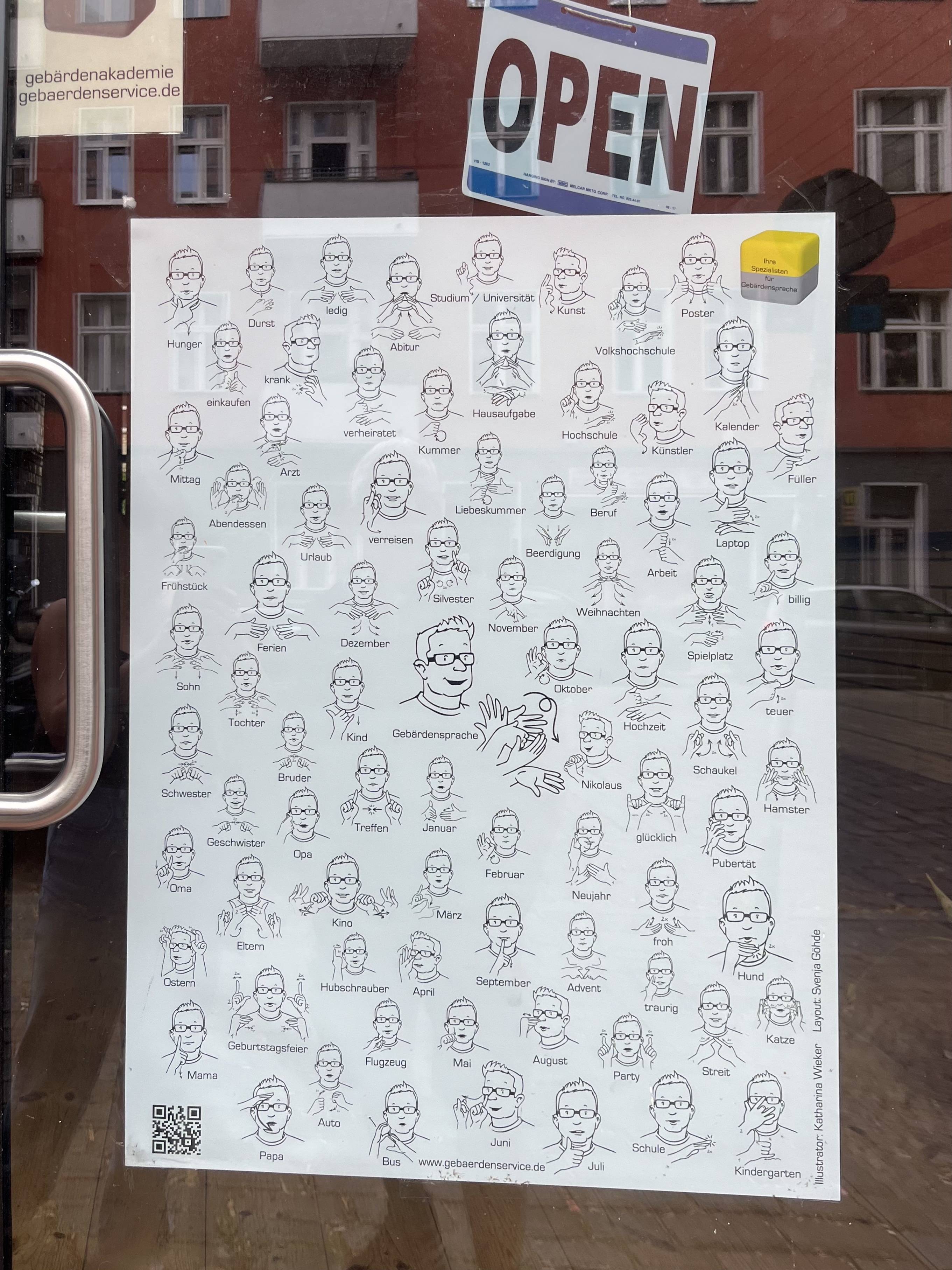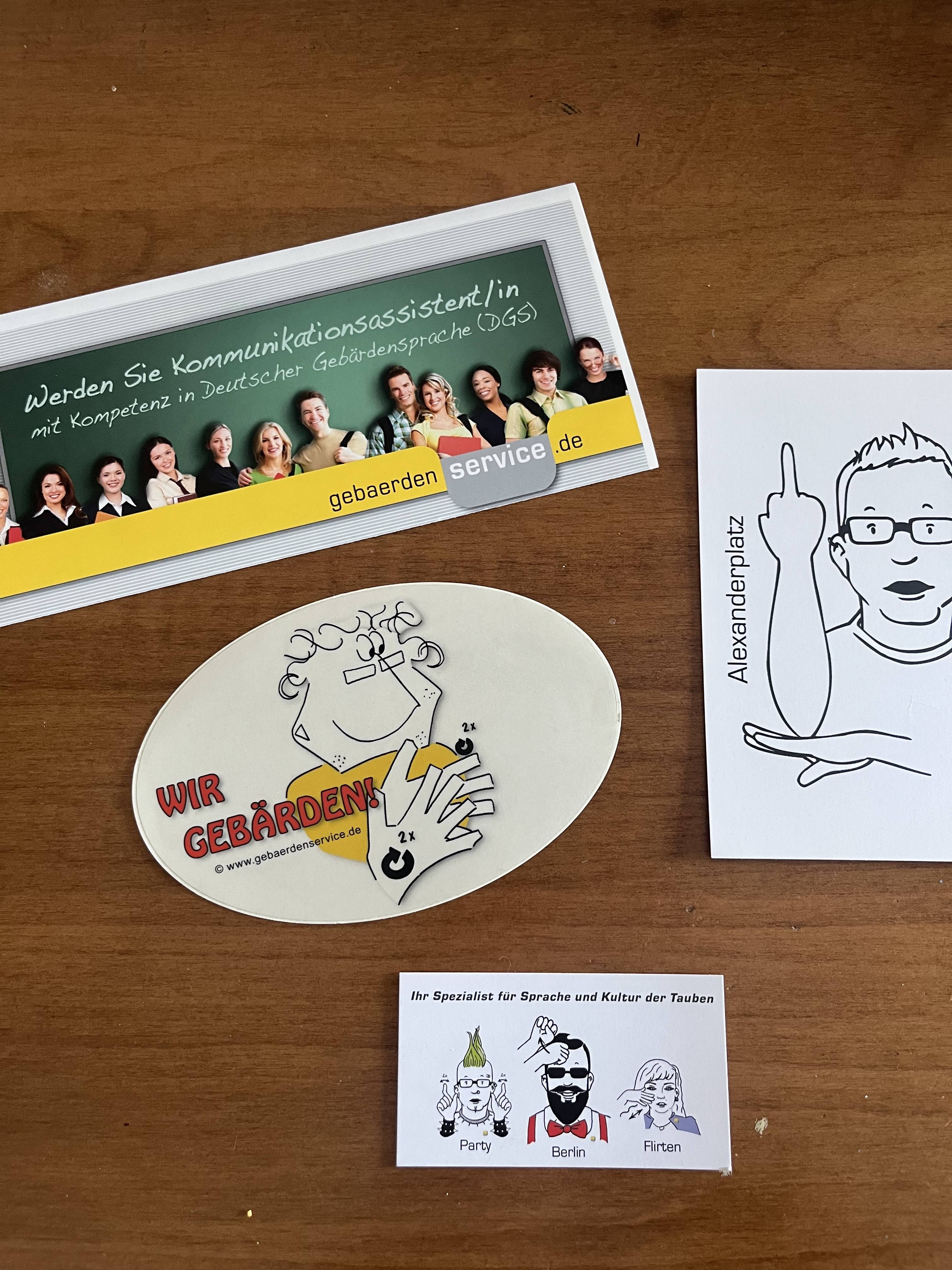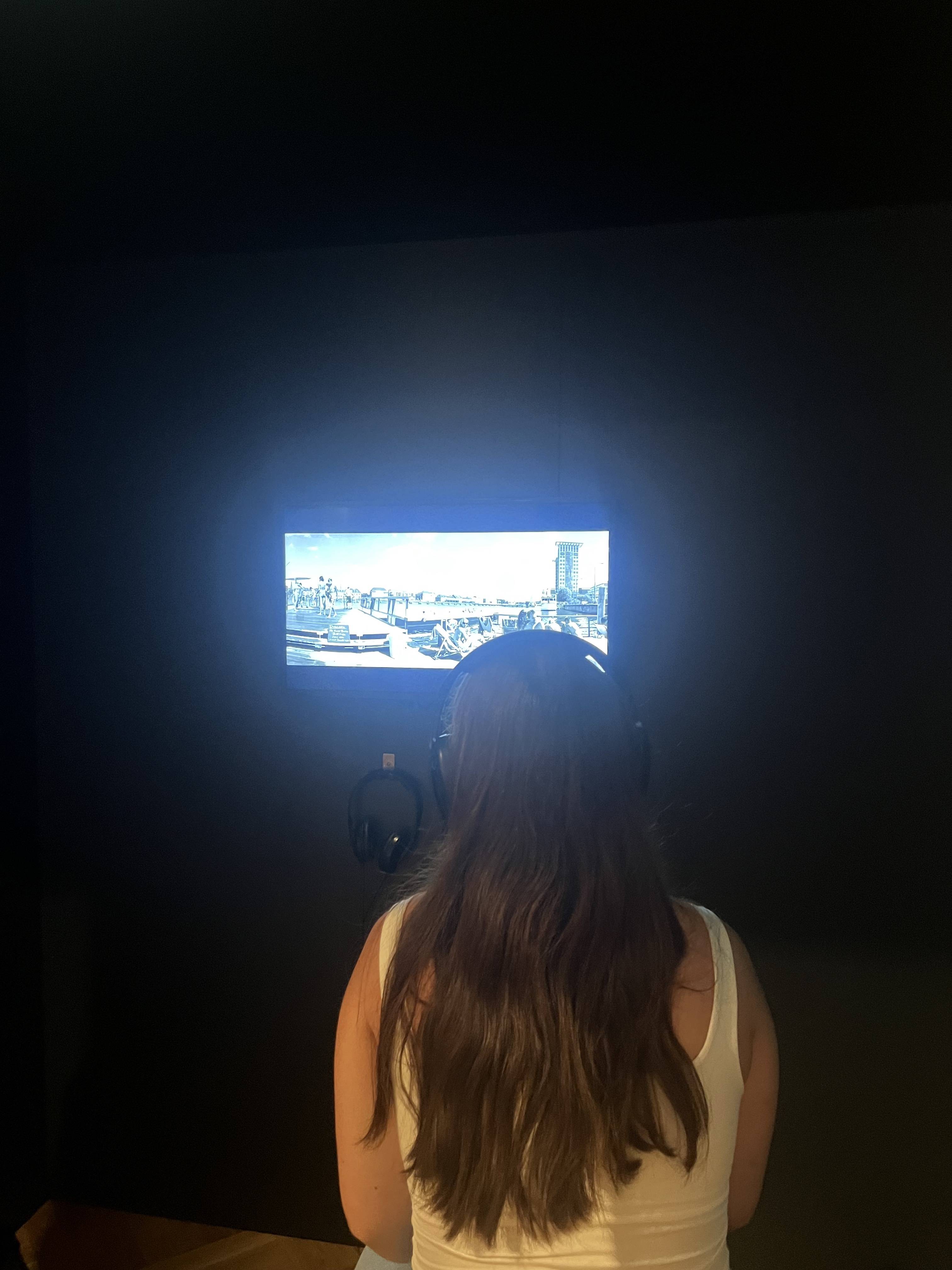Language is power. Without the ability to effectively communicate with one another, relationships cannot be built, communities cannot be formed, and discourse cannot be had. The functionality of society revolves around these aspects of life, from one’s upbringing to their professional career. Language is taken for granted. While hearing individuals easily find conversation in their everyday lives, deaf individuals are isolated, forced to seek out those who are able to converse with them. Though there have been attempts in society to limit this isolation of deaf individuals, there is a neglect of the deaf perspective on the effectiveness. Through interviewing deaf individuals in America and Berlin, this study attempts to compare deaf perspectives in order to advise society on how to best promote inclusivity of deaf individuals in the future.
In this study, made possible by the financial support of the Colgate University Alumni Memorial Scholars Program, I set out to examine the differences between American Sign Language (ASL) and Deutsche Gebärdensprache (DGS). Though I have developed significant interest in the differences between these visual languages themselves, I more so sought to investigate how these differences influence inclusion of deaf individuals. Through interacting with individuals using ASL and DGS, I was able to obtain a wealth of information.
Prior scholarship on this topic concludes that members of the German deaf community face less discrimination than the American deaf community, as DGS is more widely accepted as a language. To begin examining this prior conclusion, I visited a deaf institute in Berlin. I learned that this particular institute teaches DGS in three weekly sessions, with roughly 100 students per session. When compared to the teaching of ASL in the United States, these class sizes are surprisingly large. I wondered whether this observation of increased education could have facilitated less discrimination.
I then visited a café that was known for hosting consistent events for the deaf community. I was able to deduce that DGS is incorporated into hearing culture fairly similarly to ASL. However, in ASL, one may opt to type or write when signing is not feasible, while DGS appears to default to “natural” hand signs and mouthing. “Natural” hand signs refer to visual language that is frequently used by deaf and hearing individuals alike. Seeing as “natural” hand signs and mouthing are more digestible for the hearing majority, perhaps the German deaf community faces less discrimination because they have assimilated more into hearing culture.
Finally, I visited several locations throughout Berlin that claim to be accessible to all individuals. What I unfortunately found is that these claims were far from true. Similarly to the treatment of the American deaf community, the German deaf community is quickly forgotten. In one museum that claimed to be accessible to all individuals, an art exhibit was based entirely on one’s ability to listen to a track through headphones. I found that this was not an isolated breach of promise. Ultimately, I was able to conclude that both ASL and DGS are not treated equally with their respective spoken languages. I conclude that the inclusivity of the German deaf community is largely due to conformity to hearing, nonsigning standards.
Through this experience, I have deepened my understanding of American Sign Language and Deutsche Gebärdensprache to an even greater extent. I have been able to immerse myself in two separate yet strikingly similar deaf communities, and learn how to best promote inclusion of deaf individuals. This project would not have been possible without the support of Colgate University. I am extremely grateful to everyone who has aided me in pursuing this experience


